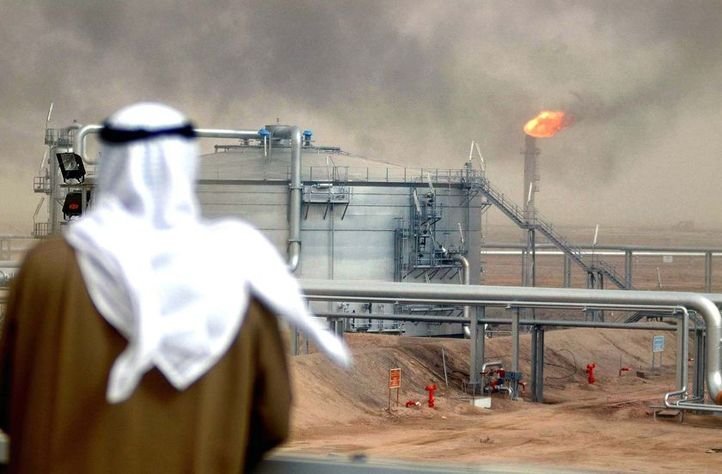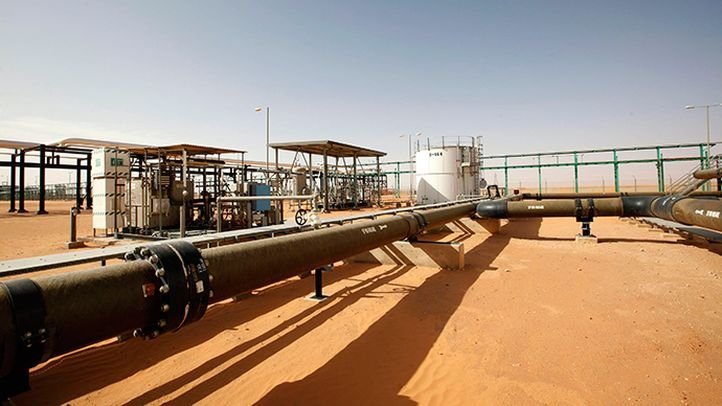With its $650 billion in foreign reserves to help it withstand the slump in oil prices continuously thinning out, Saudi Arabia is vulnerable to lose its supply of reserves in half a decade, an International Monetary Fund report has warned.
The reason for such an imminent disaster springs from the current rate at which the Saudi government is spending. The Middle East’s largest oil exporter has spent more than $70 billion of these reserves since oil prices began falling last year.
“Apart from Kuwait, Qatar, and the United Arab Emirates, under current policies, countries would run out of buffers in less than five years because of large fiscal deficits.”

Source: Reuters
According to a recent IMF report, the drop in oil prices from around $100 per barrel in 2014 to $45 per barrel this summer has already cost oil exporters in the Middle East roughly $360 billion this year. Without drastic action, several countries are at risk of using up their cash reserves within five years, a report in Quartz notes.
Since 90% of Saudi Arabia’s export earnings come from the petroleum sector, the country relies on its reserves to help finance its public spending. One of the world’s high public spender, the country is already reeling under fiscal deficit.
Comparing with a deficit representing 3.4% of GDP last year, the IMF reports that the country is expected to have a budget deficit of 21.6% of GDP this year, moderating to 19.4% in 2016.

Source: Reuters
So can Saudi Arabia save itself?
“Because the oil price drop is likely to be large and persistent, oil exporters will need to adjust their spending and revenue policies to secure fiscal sustainability, attain intergenerational equity, and gradually rebuild space for policy maneuvering. Adjustment plans in most [Middle East and North African] oil exporters are currently insufficient to address the large fiscal challenge,” the IMF report suggests.
Feature image source: Reuters

















